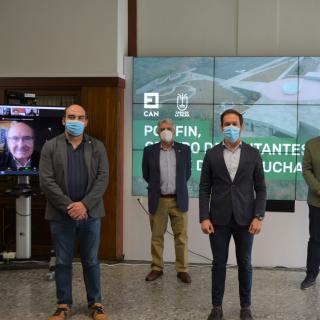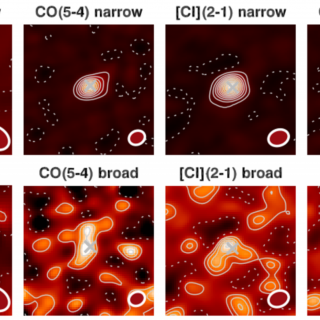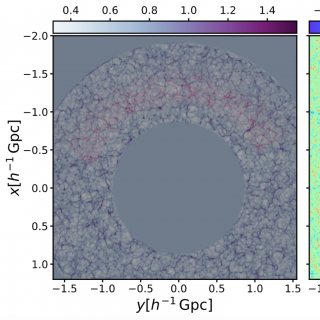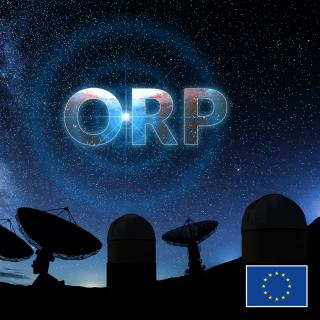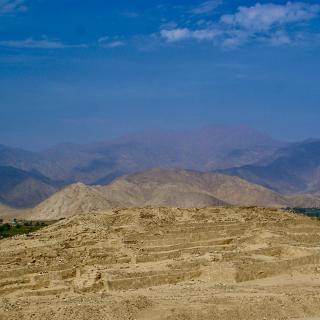
A team of researchers, led by the Instituto de Ciencias del Patrimonio (Incipit-CSIC) and the Instituto de Astrofísica de Canarias (IAC), in collaboration with the team from the Arqueological Zone of Caral (Perú) led by Dr. Ruth Shady Solís, has established the relation between the position of the monuments of the Supe Culture (Perú), their orientations, and some astronomical and topographic features, which opens the way to the analysis of the way the inhabitants of this valley conceived space and time 5000 years ago. The results of the study have just been published in the journal Latin
Advertised on
